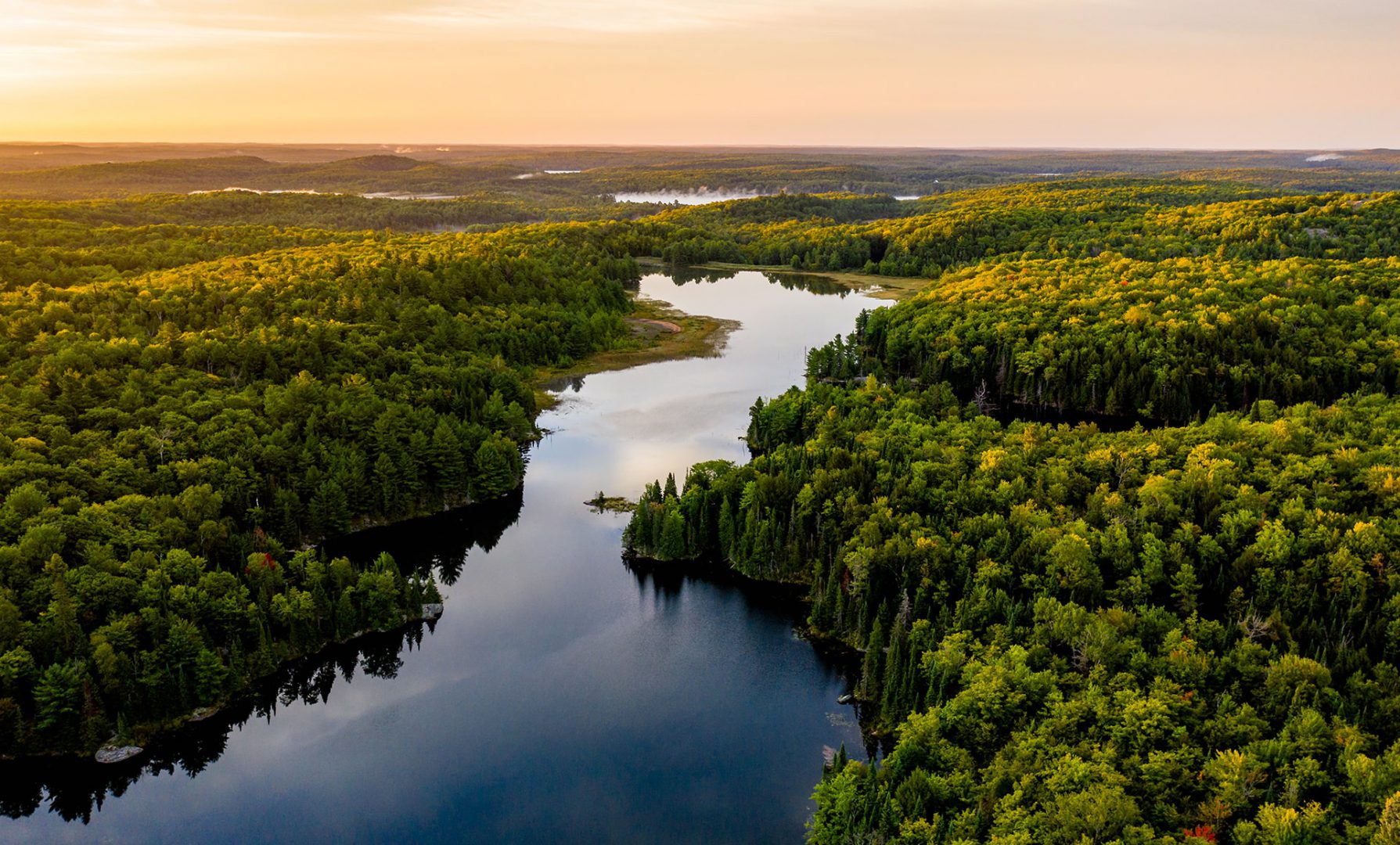About Kainuu
Kainuu is formed of eight municipalities: Hyrynsalmi, Kajaani, Kuhmo, Paltamo, Puolanka, Sotkamo, Suomussalmi and Ristijärvi. The administrative capital is Kajaani.
The region of Kainuu is situated in Eastern Finland, with population of around 73 000 in 2019. Land area (22 687km²) equates in size to Belgium. The population density is one of the lowest in Europe, with less than four persons per km². Kainuu is well-known for its forests, nature, measurement technology and good opportunities for sports.
Nature
The nature of Kainuu features forested hills, lakes and vast expanses of uninhabited forests at its most typical 95% of the land area is forest. The climate is continental. Kainuu has distinct cold and warm seasons. At Kajaanis latitude, the mean monthly temperatures range from -11°C (12°F) in January to 16°C (61°F) in July. Kainuu is one of the snowiest parts of Finland, with a 70-80 cm covering of snow during average winters.
Economics
The economy of Kainuu is driven by the lumber industry, which employs 8% of the workforce
in the region. The region also holds strengths in the areas of Supercomputing, Datacentres & AI application, Mining, Biofuels, and wide variety of tourism services.
Education
Kainuu offers opportunities for study and training both in upper secondary vocational education as well as in high-level postgraduate studies. Kajaani University of Applied Sciences (KAMK) is an international learning and development community which operates in its own compact campus area. KAMK uses internationalisation as a regional development tool. One profile that cuts through all operations at KAMK, smart solutions, is used to steer all activities. In addition to using technological solutions, smart solutions means the ability to do the right things right.
The schools of KAMK each have one focus area that supports this profile. The focus areas will enable the schools to increase their national status. Integrating the focus areas creates a readiness for international activities in line with the profile.
KAMK in brief
• Established in 1992
• Amongst the first UAS to be granted permanent status in 1996
• A limited liability company owned by the city of Kajaani
• Schools: Technology (Engineering, Information Systems), Health and Business (Business, Tourism and Sports)
• 9 Bachelor’s degrees delivered in Finnish, 4 Bachelor’s degrees in English
• 5 Master’s degrees in Finnish, 1 Master’s degree in English
• 2200 students
• A staff of 230
• Over 5,500 graduates
• Quality label awarded by the Finnish Education Evaluation Centre (FINEEC) in 2015
• President & CEO: Dr. Matti Sarén
KAMK has achieved great success in Finland in Ministry of Education and Culture outcome barometers. In particular the quality of teaching and counseling has been considered the best in Finland for several years running. According to funding indicators for the year 2018, KAMK was the most successful university of applied sciences in Finland of its size.
Transport infrastructure and accessibility
Kainuu is well connected to other parts of Finland by air routes, there are four airports within two hour drive of Kainuu. Kainuu is also connected by the national railway network and the main road system.
Kajaani airport is located 10 minute drive from the city centre, three flights per day take you to Helsinki (1 hour). Trains and busses to Oulu and Southern Finland depart many times per day. Highway 5 – the Finnish National road, one of the major roads between northern and southern Finland passes through Kajaani. The gateway to the east is the Vartius frontier checking point (boarder with Russia), only 120km from the centre of Kajaani. The Kainuu region has been very active in the transport and logistics sector in the Barents region due to its important geographic location as a gateway to Russia and also as a location through which the so called Barents Link or the Northern East West Freight Corridor passes through. This connection provides Kainuu with a significant position as an international logistics centre.
The regional development strategy continues to focus upon, the globally emerging logistic asset of dark fiber and connectivity, alongside power, water and land.

Read more about Kainuu at
www.kainuu.fi
